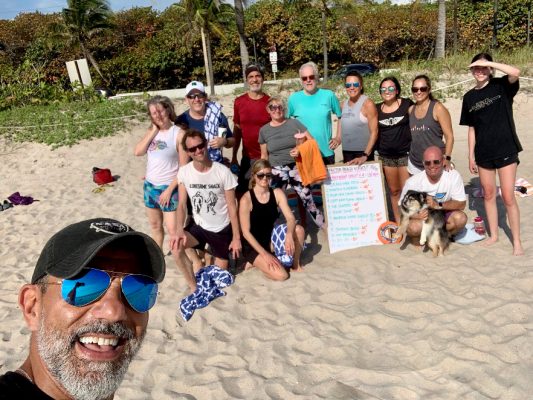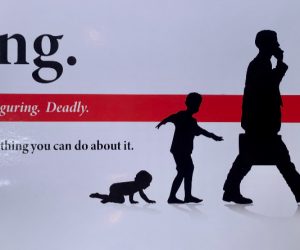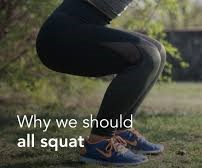
Enjoying The Things You Love

Have you heard of “Functional Training” or “Functional Fitness”?
Well, that is what we at Fit Factor do. We train our clients to maintain their independence as late in life as possible. To do so, we must work on different domains of physical function, such as strength, cardio-respiratory, balance, mobility, neuro-muscular connections, and cognitive exercises.
Simply put, we need our bodies to function well.
It means working out to enjoy our lives. It means we have strength, flexibility, and endurance to do all the things we love to do and want to continue doing them for the rest of our lives. It means not carrying around too much extra weight. It means our sense of balance is good enough to keep us from falling, and our muscles can move us around safely and efficiently.
Functional fitness does not mean we have to live at the gym and become a Mr. or Ms. Olympia or a marathon runner. It just means we respect our body enough to take care of it, so we can function the way we want to.
Focusing on function is crucial because losing functional abilities significantly impacts life quality. For example, having a chronic health issue, like diabetes or high blood pressure, is manageable, but if we cannot stand up, everything changes.
Here are some key characteristics of functional training:
- It entails specific goals. Functional training promotes overall life quality and programs that improve strength, endurance, and mobility. The training outcome has to be learning an important, practical skill and impacts quality of life.
- It involves movement patterns and integrated fitness. With functional training, we think about which movements and fitness components contribute to a particular activity. Functional training combines aspects of multiple physical abilities because, in real life, a movement might require flexibility and strength, or endurance and cardio, or balance, agility, and coordination. Functional exercises include pushing and pulling, standing/stepping up, siting/stepping down, rotating, and more.
- It involves assessment and individualization. Designing functional training programs is highly individual because older adults vary widely. For example, some may need help getting out of bed, while others need to know how to compete athletically with pre-existing, age-related conditions.
- It must be progressive. Designing training programs for older adults should begin where they are. It should include a gradual progression of intensity, duration, and complexity. It also should consider both mental and physical comfort. For example, many clients may need to begin with 30-minute sessions because that is all they can tolerate.
For more information about how functional training can help you move, feel and look your best, contact us to schedule a complimentary consultation and start living your life the way you always want.
See you soon.





